Vancouver mayor Gregor Robertson was the keynote speaker at the Urban Land Institute of B.C.’s lunch event held on May 6th at the Fairmont Pacific Rim in downtown Vancouver.
Vancouver mayor Gregor Robertson was the keynote speaker at the Urban Land Institute of B.C.'s lunch event held on May 6th at the Fairmont Pacific Rim in downtown Vancouver.
Robertson began by saying Vancouver’s growth spurt began in the late 1970s, but that at the same time many communities were under threat as a large-scale freeway project began coming online. Neighbourhoods opposed the freeway project and it was struck down by Vancouver’s city council at the time.
Robertson said that decision was the beginning of Vancouver as a “livable city” and in decades since, many other cities have decided to follow the Vancouver model.
Robertson said the “livable city” model encourages a greater sense of belonging, community and health, and has encouraged Vancouver’s multicultural centre.
All these factors put Vancouver in a position of strength, Robertson said, starting with a diverse economy and extending to the “Greenest City 2020” initiative. There has been substantial growth in clean tech and green building in Vancouver.
But there is also a downtown office construction boom, he said, adding a record 3.5 million square feet in office space. Robertson also pointed to the value of building permits in the first quarter of this year, up 63 per cent from last year.
Construction of rental housing has also increased, he said, but there are challenges. There has been a “dearth of funding” at the federal level for low-income and community housing, and transit has also not seen substantial federal funding.
However the good news, Robertson said, is that people do want to use transit, and dealing with this demand, particularly on the busy Broadway corridor, is a top priority.
The Broadway corridor work is key to the city’s future, he said, and is currently the second biggest jobs corridor in the province, as well as a big medical corridor and a jobs hub. The population is rising there and more and more jobs are being added.
But the corridor is “crippled by gridlock,” which will continue as the Evergreen Line comes online and more people have easy transit access to the Broadway-Commercial station.
The key volume is between Commercial-Broadway and Arbutus, and that is where the focus will be going forward. Transit will extend all the way to the University of British Columbia and wil be based underground.
The city is at a juncture, he said, and “we have to make wise choices going forward.”
“We’re building where people live,” Robertson said, and so the city has engaged in extensive consultation before moving forward with new community plans.
Grandview-Woodlands initially proposed high towers in the neighbourhood, but after substantial negative feedback from the community, “we are working on different kinds of buildings and different forms that people are happy with,” he added.
Going back to the Broadway corridor, Robertson stressed that building towers is “not something you’ll see as long as I’m mayor.”
Rather, using transit to alleviate congestion is the proper response, he said.
JOC DIGITAL MEDIA


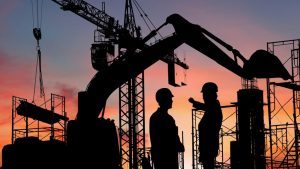

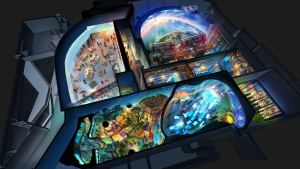
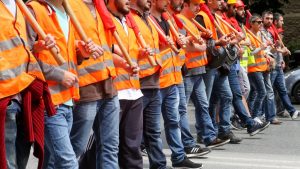
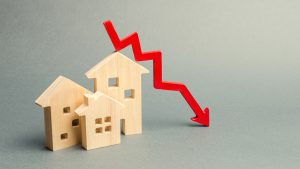


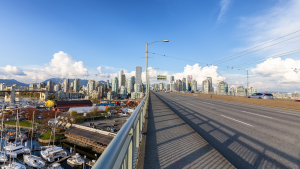
Recent Comments
comments for this post are closed